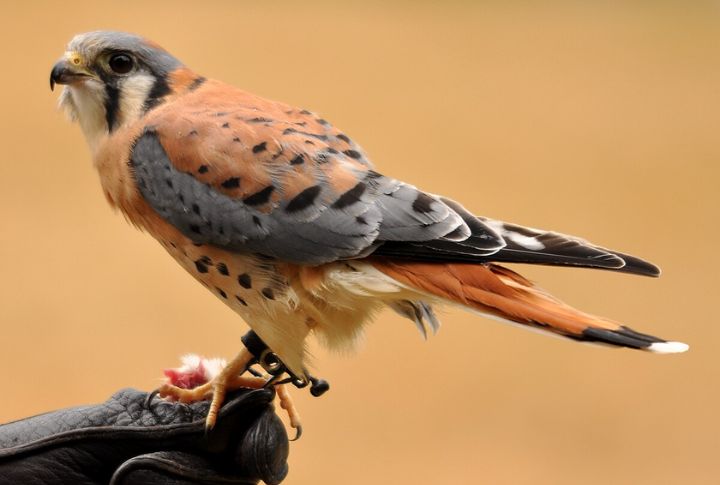
Not every ecosystem depends on apex predators. Sometimes, it’s the smaller, quieter hunters that keep things in check. While their names rarely show up in nature headlines, their impact is unmistakable. So, let’s take a look at ten lesser-known predators that punch above their weight when it comes to protecting balance, biodiversity, and resilience in the U.S. wild.
Virginia Opossum
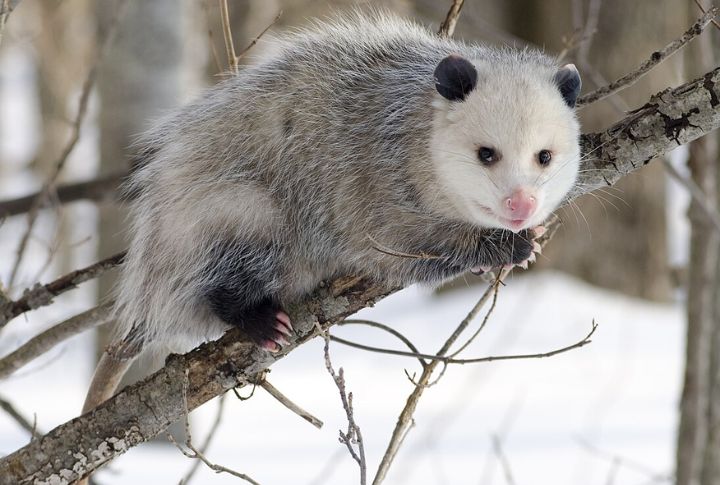
Virginia opossums quietly balance U.S. ecosystems through their diverse diet and adaptable behavior. As opportunistic omnivores, they consume a wide range of foods, which controls pest populations and recycles nutrients. Their scavenging role as nature’s “cleanup crew” aids in maintaining healthy environments by removing carrion and organic waste.
Black-Footed Ferret
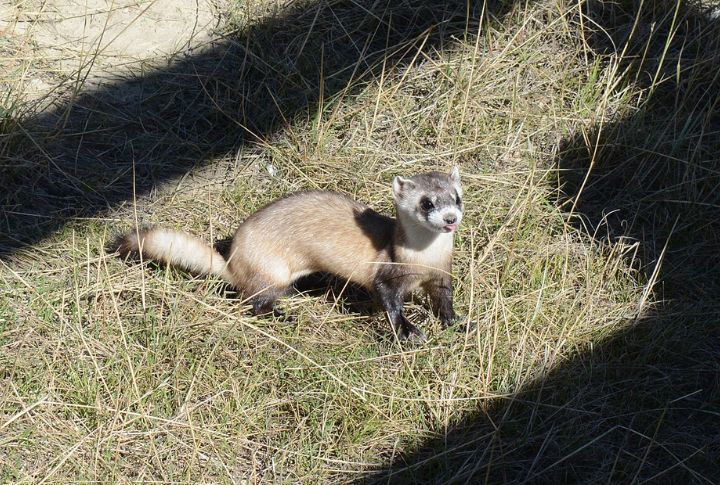
Once declared extinct in the wild, black-footed ferrets silently control prairie dog colonies and maintain grassland balance. Since rediscovery in the early 1980s, conservationists have fought to restore their role as a keystone predator. Without it, grasslands lose balance and are overrun by burrowing rodents. Extinction looms—but efforts persist to reclaim its rightful territory.
Loggerhead Shrike
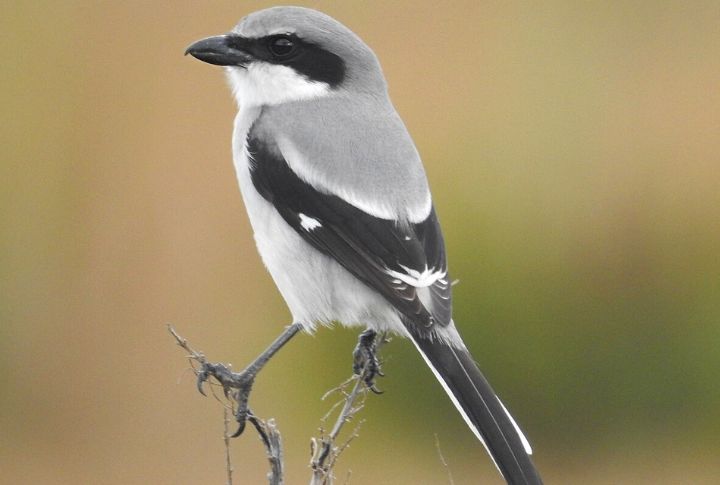
Impaling prey on thorns, this fierce songbird earns its nickname “Butcher Bird.” Small but deadly, the loggerhead shrike uniquely combines raptor hunting skills with songbird agility to skewer insects, mice, and even snakes. Climate shifts threaten its numbers, but its brutal efficiency remains one of nature’s most fascinating survival strategies.
Tri-Colored Bat
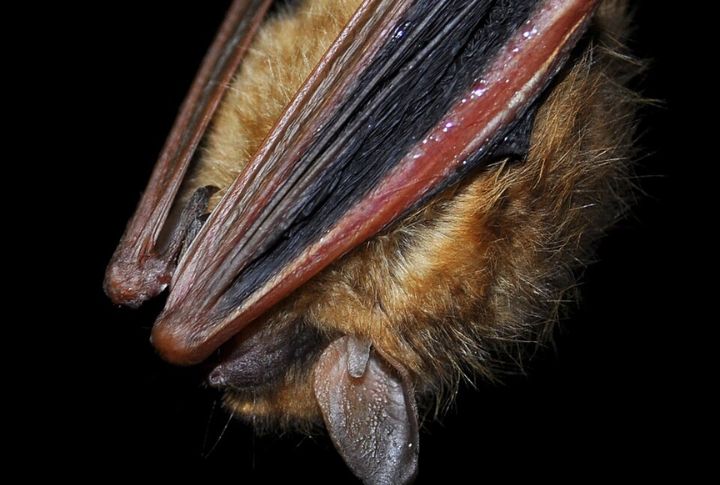
The tri-colored bat, a tiny nocturnal predator, consumes vast quantities of insects, including agricultural pests and mosquitoes. Its foraging activity at dusk and dawn helps maintain insect population balance, significantly reducing reliance on chemical pesticides. This bat’s presence signals healthy insect communities and intact forest ecosystems.
Alligator Snapping Turtle

Flaunting a prehistoric appearance, the alligator snapping turtle ambushes fish and amphibians with a worm-like tongue lure. It then snaps shut its powerful jaws (a bite force exceeding 1,000 psi) to consume its catch. Slow to mature and long-lived, these turtles are ecological sentinels and remind us that patience in nature often yields profound impact.
American Badger
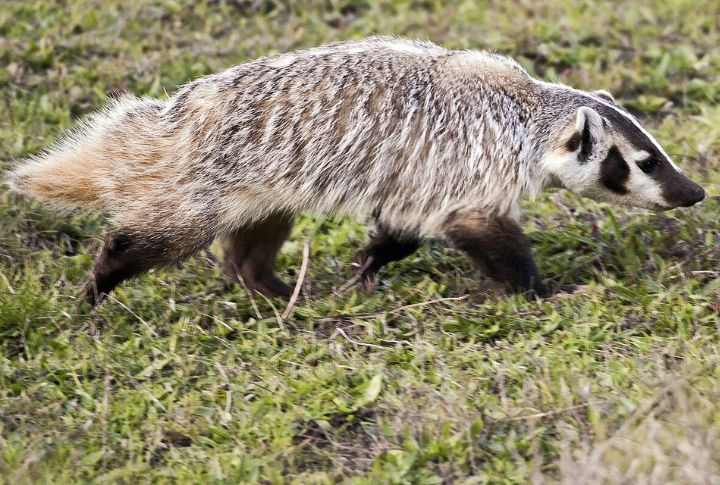
American badgers unearth rodents and insects to shape the soil and prey populations. Their digging aerates soil to promote plant growth, and their predation controls populations of small mammals such as ground squirrels and gophers. Through their ferocity, badgers play a critical role in safeguarding prairie health and supporting grassland resilience.
Northern Harrier

Northern harriers patrol marshes and grasslands with low, gliding flight as they hunt small mammals and birds. Unlike other hawks, harriers listen for hidden prey scurrying beneath vegetation. This unique approach keeps marshlands vibrant while controlling rodent populations and supporting balance within fragile ecosystems.
Spotted Skunk

Smaller and more agile than its striped relative, the spotted skunk is known for its defensive ‘spray’ that deters predators and allows it to forage and hunt with less threat. Their seasonal diet shifts from insects in summer to rodents and birds in winter, which regulates prey populations to balance the U.S.’ ecosystems.
River Otter
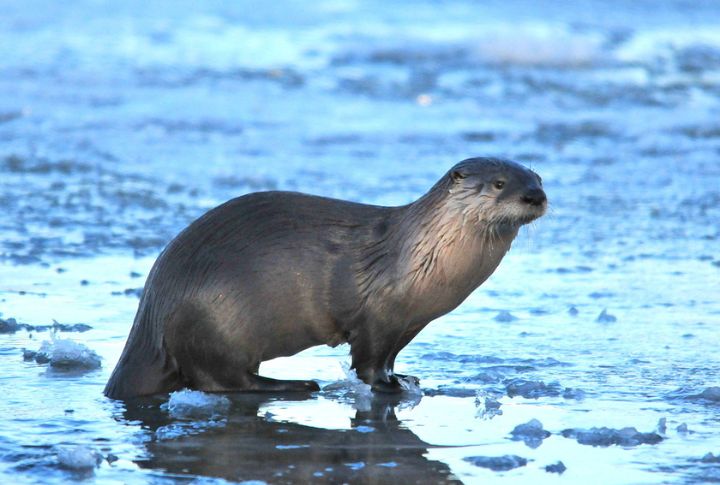
Playing tricks on fish, river otters use their agility to stir up prey in murky waters. Beyond their charming antics, they prevent the overpopulation of aquatic species, ensuring waterway stability. Pollution and habitat destruction threaten their numbers, yet their predatory prowess remains vital to riparian health.
American Kestrel
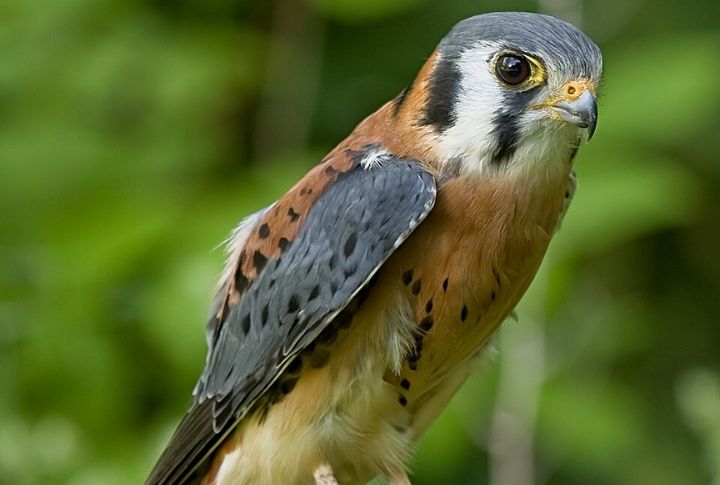
America’s smallest falcon, the American kestrel, hovers like a suspended marvel and then dives in swiftly to catch insects and small vertebrates. Its diverse diet helps manage agricultural pests across varied habitats. Observing this vibrant hunter reveals how even tiny raptors wield outsized influence over the environments they patrol.

